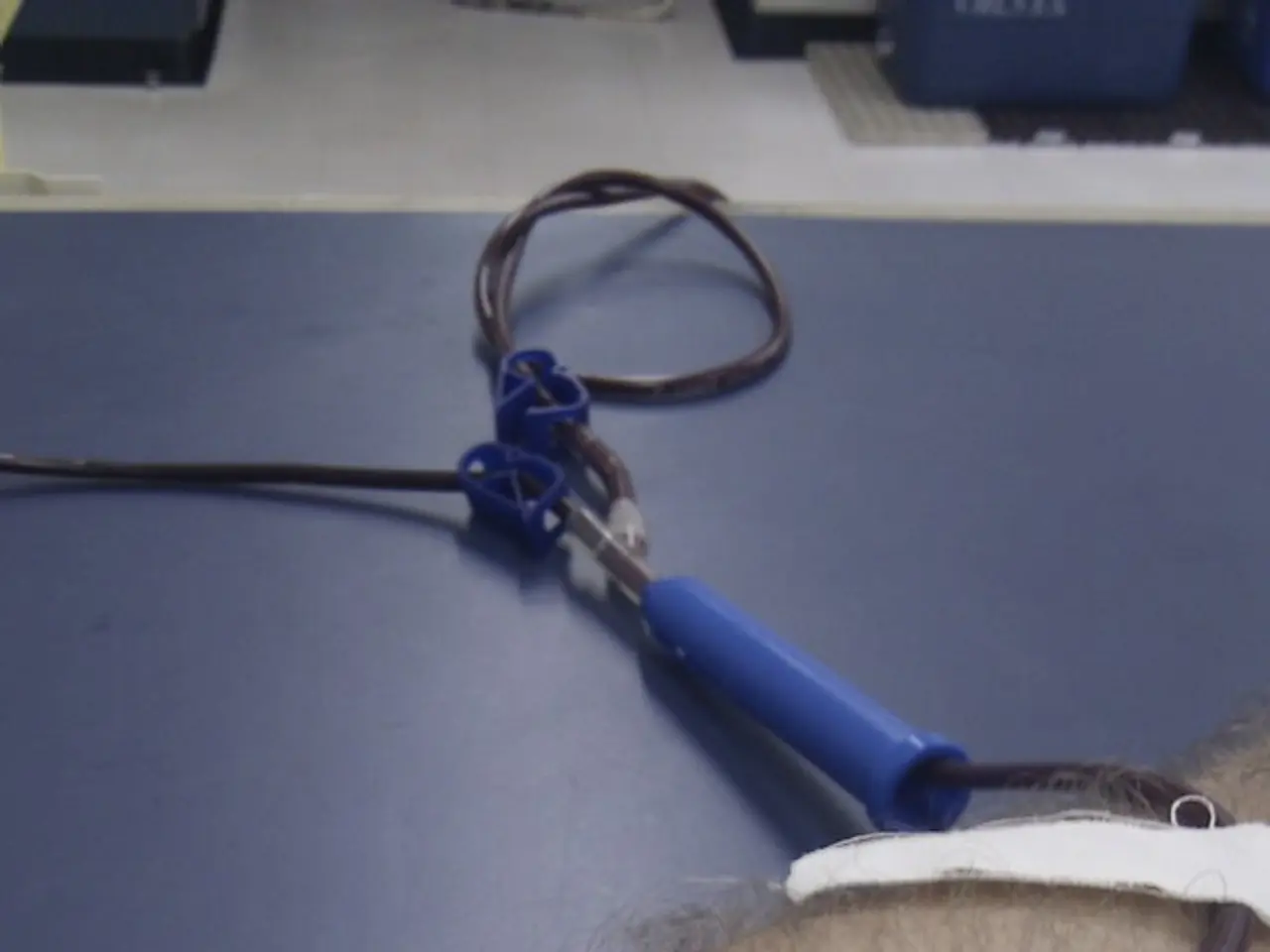Materials Utilized for Breast Augmentation Procedures
In the realm of aesthetic surgeries, breast augmentation remains a popular choice for women seeking to enhance their appearance. One of the key decisions to make during this process is choosing between silicone and saline breast implants.
Board-certified plastic surgeon Dr. Rajat Gupta, with 15 years of experience in aesthetic surgeries, offers valuable insights into these two types of implants. Both silicone and saline implants offer distinct advantages, each catering to different patient preferences and needs.
Silicone implants, filled with a cohesive silicone gel that closely mimics natural breast tissue in look and feel, are a popular choice for those seeking a natural appearance and softer texture. They come in various shapes and sizes and tend to show less rippling, even in thinner patients. However, since silicone implants are pre-filled before insertion, they usually require a slightly larger incision. Additionally, a rupture might not be immediately noticeable (called a "silent rupture"), so regular imaging (MRI or ultrasound) is recommended to monitor implant integrity. Silicone implants also tend to be more expensive upfront and are FDA-approved for women aged 22 and older.
On the other hand, saline implants consist of a silicone outer shell filled with sterile saltwater either at the time of surgery or prefilled. A key advantage is that they can be inserted deflated, allowing for a smaller incision and potentially less visible scarring. Saline implants often feel firmer and may be more pronounced, which might be less natural-looking, especially in patients with thin breast tissue. They are easier to detect if they rupture because the saline solution leaks out and is safely absorbed by the body, causing the implant to visibly deflate. Saline implants can also have adjustable volume during surgery to fine-tune size or symmetry. They are FDA-approved for women aged 18 and older and may be less costly than silicone implants.
The choice between silicone and saline implants depends on patient priorities such as aesthetics, incision preferences, cost, and monitoring willingness. For those seeking a more natural look and feel, silicone implants may be the preferred choice. Conversely, saline implants may be more suitable for those who value smaller incisions and easier rupture detection.
Breast augmentation using implants or fat grafting is a solution for women with smaller breasts or those who have lost volume due to ageing, pregnancy, lactation, or significant weight loss. The procedure is performed to increase the size of the breast, and most women receive general anesthesia during the surgery. The implant is placed through the incision made by the surgeon, which can be along the areolar edge, under the breasts, or in the armpit. After the placement of implants, the incision is closed with adhesive or sutures.
Dr. Rajat Gupta, a board-certified plastic surgeon based in India, offers the best remedies and cosmetic procedures using the latest technology. To book an appointment with Dr. Rajat Gupta, call 91-9251711711 or email [contact@our website](mailto:contact@ourwebsite).
[1] FDA. (2021). Breast Implants: What You Need to Know. Retrieved from https://www.fda.gov/medical-devices/products-and-medical-procedures/breast-implants [2] American Society of Plastic Surgeons. (2021). Breast Implants. Retrieved from https://www.plasticsurgery.org/cosmetic-procedures/breast-implants [3] Mayo Clinic. (2021). Breast Implants: What You Need to Know. Retrieved from https://www.mayoclinic.org/tests-procedures/breast-implants/about/pac-20394660 [4] American Society of Aesthetic Plastic Surgery. (2021). Breast Augmentation. Retrieved from https://www.surgery.org/cosmetic-procedures/breast-augmentation
- Dr. Rajat Gupta, a specialist in aesthetic surgeries, highlights the advantages of both silicone and saline breast implants, recommending the former for those seeking a natural appearance with softer texture, and the latter for those prioritizing smaller incisions and easier detection of ruptures.
- In the context of medical-conditions, breast cancer can be a key concern for women undergoing breast augmentation. It's important to note that while breast augmentation is a solution for women with smaller breasts or those experiencing volume loss, it should not obscure the need for regular check-ups and care for women's health and general health-and-wellness, including routine screenings for breast cancer.
- Education and resources, such as those provided by the FDA, American Society of Plastic Surgeons, Mayo Clinic, and American Society of Aesthetic Plastic Surgery, are essential for understanding the science behind breast augmentation, the differences between silicone and saline implants, and the potential risks and benefits associated with each option.
- In the wake of a breast cancer diagnosis, it's essential to seek the guidance of medical professionals and consider the impact of cancer treatments on breast health before choosing breast augmentation or other cosmetic procedures.
- Dr. Rajat Gupta, a board-certified plastic surgeon, employs the latest technology and techniques in his practice to ensure safe, effective, and aesthetically pleasing outcomes for his patients who choose breast augmentation, breast-cancer survivors looking to rebuild their bodies, or those seeking other cosmetic procedures.




